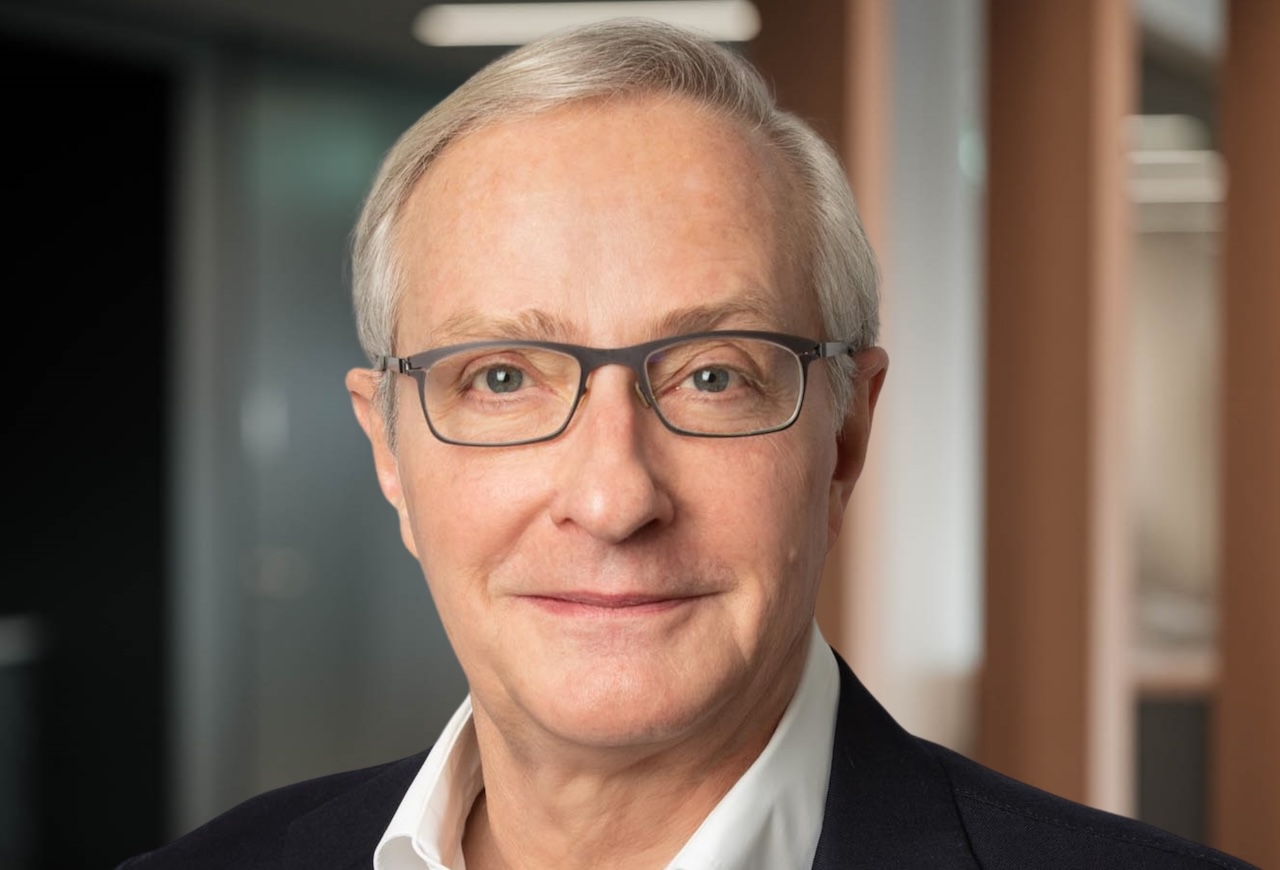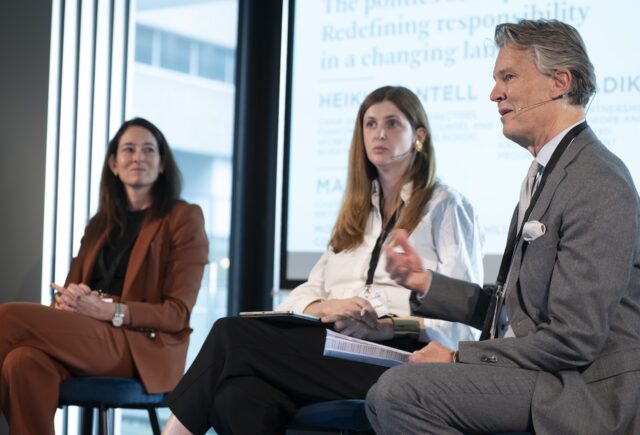Stephen Marquardt, CEO of Blue Earth Capital, talks about the firm’s foray into secondary transactions and why he believes impact has the potential to become a mainstream asset class.

Stephen Marquardt, CEO of Blue Earth Capital (Blue Earth), has overseen the company’s expansion into secondary transactions, including a recent venture earlier this year with British International Investment (BII).
The deal saw the Swiss impact investor agreeing to acquire part of the stakes held by BII in three African and Asian funds, making it the first portfolio secondary transaction by BII. Marquardt says the deal will help drive the development of a stronger secondaries private equity market in developing countries.
“That was the first secondary transaction that any impact fund had ever done with a development finance institution (DFI), and now we’ve done 10 different secondary deals and we’re getting a lot of incoming requests to even create a secondaries fund,” he says.
For Marquardt, the deal is a strong example of how secondary markets can drive impactful investments and enable new investors to access a diversified portfolio of impact assets without the traditional risks faced by direct investments.
Last year, Blue Earth surpassed assets under management (AUM) of $1bn (€905.6bn), and now stands at $1.21bn, having closed 79 impact investments since its inception in 2015. Marquardt confirms the firm’s growth came primarily from private equity and private credit, as well as from partnerships investing globally in primary, secondary and co-investment opportunities.
“We’ve seen some of our peers be acquired by big investment firms – but that’s not the strategy we’re following,” he says.
Going mainstream
Marquardt first took the helm of Blue Earth in 2022. Speaking online from a not-so-quiet corner of Heathrow airport, he says he is breaking his number one rule of making sure his investment team are always “front and centre”. “I should never be the story,” he says.
However, he is keen to share why he feels impact investing is primed to become a front-runner in investment strategies.
“We are seeing people start to understand impact investing, and the evolution of it is very much like what we saw with ESG. Twenty years ago, if I mentioned ESG, you would shrug your shoulders and ask me what I was talking about,” says Marquardt.
Now, Marquardt says people are starting to see how their money can be channelled in different ways.
“We’re not there yet, but instead of 20 years it will probably take ten years for people to understand the impact market,” he adds.
His belief that impact investing is increasingly making a mark on investors is backed up by the findings of a recent impact survey Blue Earth carried out earlier this year.
“What I found very interesting was that 75% of investors said they believe strong financial returns without expected impact are not successful investments.”
Furthermore, the survey found that a significant majority of respondents believe the financial returns of their impact investments have met or exceeded expectations, something Marquardt points to as a positive sign for the sector.
Journey to impact
Originally from Chicago, Marquardt began his career at Merrill Lynch where he worked in investment banking for over 20 years after graduating from business school, before being transferred to London where he became involved in private equity.
From there his career saw him become CEO of Doughty Hanson & Co, as well as being asked to sit on the initial investment committee of the UK-based specialist private markets investor, Bridges Ventures, now Bridges Fund Management, by Sir Ronald Cohen.
“At the time this was the first impact firm in the UK, and really the first impact firm in Europe,” he says.
Speaking about the evolution of the private equity market in recent years, Marquardt recounts joining Doughty Hanson & Co at a time when the firm had made the front page of the Financial Times in the 1980s for raising the largest private equity fund in Europe at the time.
“They had raised $2.6bn and everyone was amazed by how big it was and said that it was crazy. No one thought it could be done at the time, now people don’t get out of bed for anything less than that kind of money,” he says.
Regarding the future of the sector, Marquardt says he is seeing an increasing amount of interest in impact investing coming from investors in Australia and parts of Asia.
“We are seeing people come to us who may not fully understand impact but are coming under pressure to become more involved in that sector,” he adds. “Ultimately we are seeing that both bottom-up and top-down pressure is really driving the adoption of impact investing.”
The most significant shift is coming from Gen-Z investors, according to the impact veteran, which he says is due to an increasing desire among younger people to see real tangible impact come from their investments.
“They are really moving the dial and changing the game,” he says.





